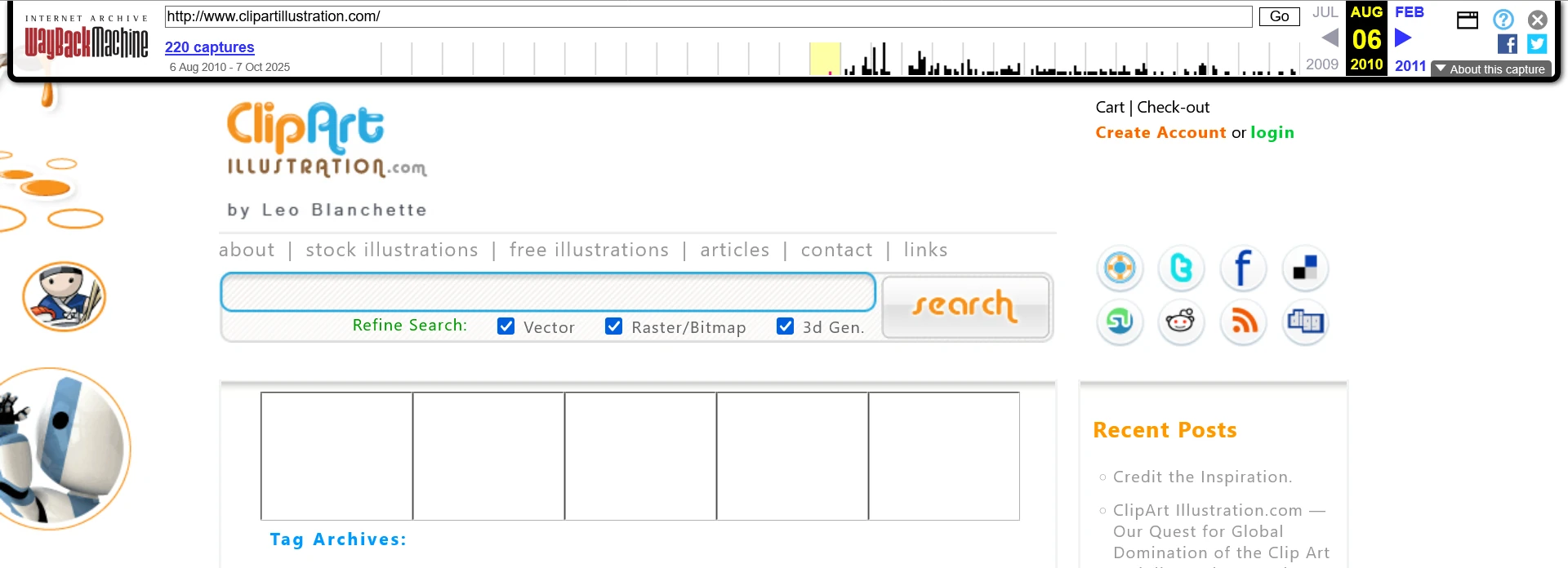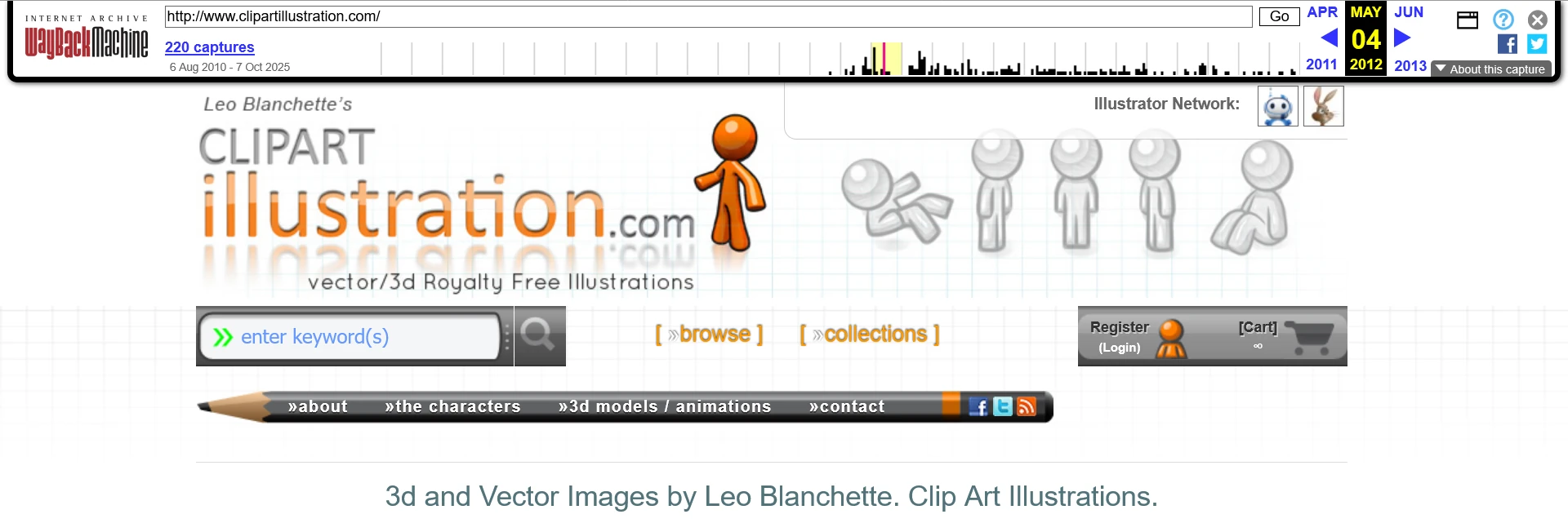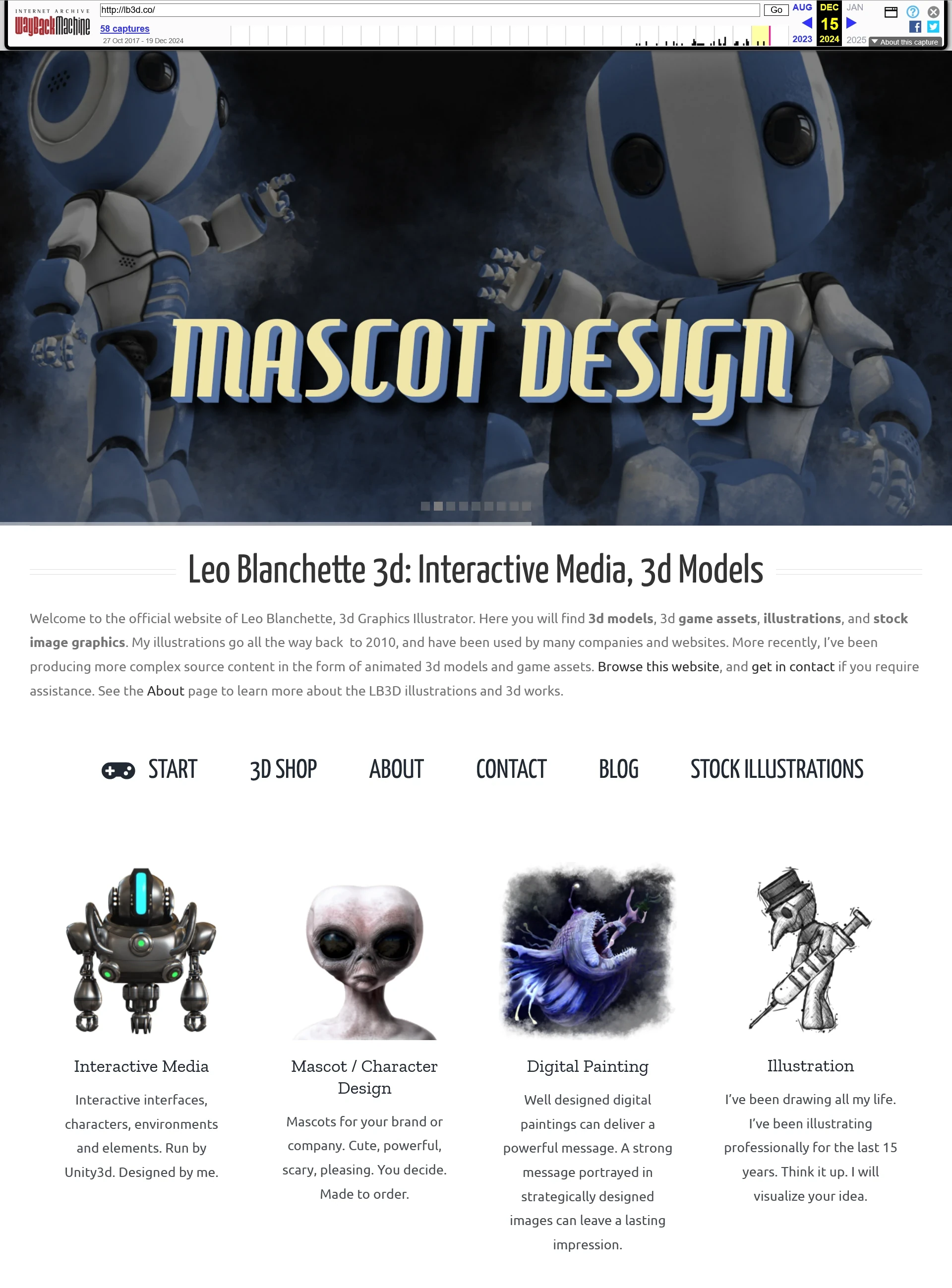Its now 2025, and This Site Is Going 100% HTML – Hugo
The day has come, and I knew it would. After 14 years since its first launch (as ClipArtIllustration.com, then later as LB3D.co), the site is finally being retired into a basic HTML version – meant to stand the test of time in the most basic, unhackable, cheapest-to-host form.
I Marvel at the Quality of HTML Sites
The web started with basic HTML (static sites), and oddly, a large trend is bringing it back. Static sites are fast-loading, simple, generally less bloated, and more user-friendly.
Hugo is undeniably the best static site generator out there – and that’s what this site now uses.
My Favorite Permutations of This Site
As the years went on, I had to adapt the site to changes in technology.
This site has gone through a few major transformations.
2010. Custom E-Commerce Site (PHP)
The first version of this website was written entirely in PHP – custom-coded from start to finish, built for SEO and image management.
It had a custom upload and image-conversion system, keywording, and a search function.
It included WordPress, but only as a secondary system. Here it is in 2010:
These were genuinely happy days as far as web development went. It seemed everything I touched turned to gold – on the internet at least.
2013. WordPress (PHP)
Later on, and for quite some time, the site went through several WordPress versions, in which all custom image-generation and e-commerce features were contained within WordPress.
These were a blend of custom plugins and e-commerce add-ons. They performed beautifully in SEO.
I created a microstock network with other artists called Symbiostock, which I later handed off to another developer when it became clear the project was sunsetting along with the age of microstock itself.
And here is the later Symbiostock version, where it was networked with other microstock contributors:
https://web.archive.org/web/20130720125843/http://www.clipartillustration.com/
If I could do it over again, I wouldn’t have created Symbiostock.
I would have continued building my own site and optimized it for my own gains as the market declined.
During this time the web demanded all sorts of adaptations. Algorithms changed, response web design became a requirement.
2019. Django (Python)
2019 brought the best iteration – though visually minimal, the Python-Django version was fast, clean, and exceptionally search engine optimized.
In this version, I could carefully track all site activity and steer it accordingly.
Through the Django admin backend, I tracked page views and refined the site’s performance.
It was genuinely satisfying to have such fine-grained control and speed.

Unfortunately, it wasn’t meant to last. WebFaction (the host) was bought out by GoDaddy, and life changes led me to reconvert to WordPress again as a fast solution as I migrated to the more expensive, and less developer-friendly Bluehost.
2020. WordPress… Again
It was a visual upgrade but a technical downgrade – with a huge loss of content.
However, I did have an /archives/ area, generated in Hugo, which preserved the large portfolio. (This simply wasn’t possible in WordPress, because its taxonomies can’t handle such a large keyword set.)
This became the version where the website stagnated – visually appealing, but slow and low-traffic (a WordPress specialty).
Between 2020 and 2024, I created a number of Unity assets and updated the site accordingly, but the days of high traffic were gone.
It had become an average portfolio site.
Then I generally gave up on illustration.
During this time, I became more like an average web host with other things to do. Over those four or five years, I neglected the site.
One day I logged in after a long absence to discover it had been hacked through an obsolete Avada plugin – someone had inserted a hidden gambling area in the back of my website.
I fixed it and laughed.
Hugo (HTML)
And lastly, this iteration – my favorite.
Much simpler, less flashy, and well-organized.
Fast-loading, honest, humble, and ready for retirement into history.
At least if my web host fails, I can easily upload it elsewhere.
As the internet changes and circumstances evolve, this portfolio will always have a place – a small, nostalgic monument in the history of the web.



